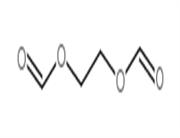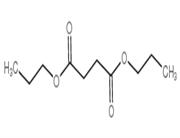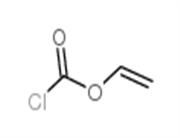Description
Tolimidone is a potent and selective allosteric activator of Lyn kinase with an EC50 of 63 nM.
Related Catalog
Signaling Pathways >> Protein Tyrosine Kinase/RTK >> Src
Research Areas >> Metabolic Disease
Target
EC50: 63 nM (Lyn kinase)[1]
In Vitro
Incubation of Tolimidone (MLR-1023) with Lyn kinase elicits a repeatable 50% increase in enzyme activity. Tolimidone elicits a concentration-dependent increase in Lyn kinase activation with a 2.3- and 2.1-fold increase achieved at concentrations of 3 and 10 μM, respectively. Inclusion of Tolimidone (100 μM) increases Lyn kinase activity by 3-fold at each ATP concentration tested (Vmax=2601 U/mg). Tolimidone-mediated activation of Lyn kinase increases in proportion to the length of preincubation period in the absence of ATP[1].
In Vivo
Administration of Tolimidone (MLR-1023) (30 mg/kg i.p.) significantly (p<0.05) lowers blood glucose levels to 148 and 158 mg/dL, 30 and 90 min after administration, respectively. Tolimidone significantly increases adipocyte differentiation and adiponectin production by 3.7- and 19-fold, respectively[1]. Tolimidone elicits a dose-dependent potentiation of the insulin response, with a maximal effect observed with a dose level of 30 mg/kg[2].
Kinase Assay
For each kinase assay, Tolimidone (MLR-1023) (10 μM) is preincubated with kinase and fluoroscein-labeled protein substrate. The reaction is initiated with the addition of ATP (at a concentration at or below the Km for each kinase), and the level of fluoroscein phosphopeptide is measured. The assays are conducted in duplicate[1].
Cell Assay
Adipocyte differentiation is assessed in mouse 3T3-L1 cells after 8 days of incubation with Tolimidone (MLR-1023) or rosiglitazone (10 μM). PPAR (α, σ and γ) transactivation studies are conducted in transiently transfected cells containing the appropriate DNA constructs (pGAL4/PPARα, σ or γ) cotransfected with a luciferase reporter vector. Tolimidone or an appropriate reference compound is incubated with transfected cells for 24 h. Luciferase activity is monitored as a measure of PPARα, σ and γ activation[1].
Animal Admin
Male mice, 8 to 10 weeks of age, are used in studies of baseline glucose, glucose tolerance, and insulin levels. Tolimidone (MLR-1023) is administered intraperitoneally at dose volumes of 5 to 10 mL/kg. Blood (5 μL) is acquired from a tail snip and directly applied to a glucose test strip. Blood levels of Tolimidone are measured by liquid chromatography/tandem mass spectrometry, and levels are determined by comparing them with a standard curve of Tolimidone prepared in blood[1].
References
[1]. Saporito MS, et al. MLR-1023 is a potent and selective allosteric activator of Lyn kinase in vitro that improves glucose tolerance in vivo. J Pharmacol Exp Ther. 2012 Jul;342(1):15-22.
[2]. Ochman AR, et al. The Lyn kinase activator MLR-1023 is a novel insulin receptor potentiator that elicits a rapid-onset and durable improvement in glucose homeostasis in animal models of type 2 diabetes. J Pharmacol Exp Ther. 2012 Jul;342(1):23-32.

 China
China







